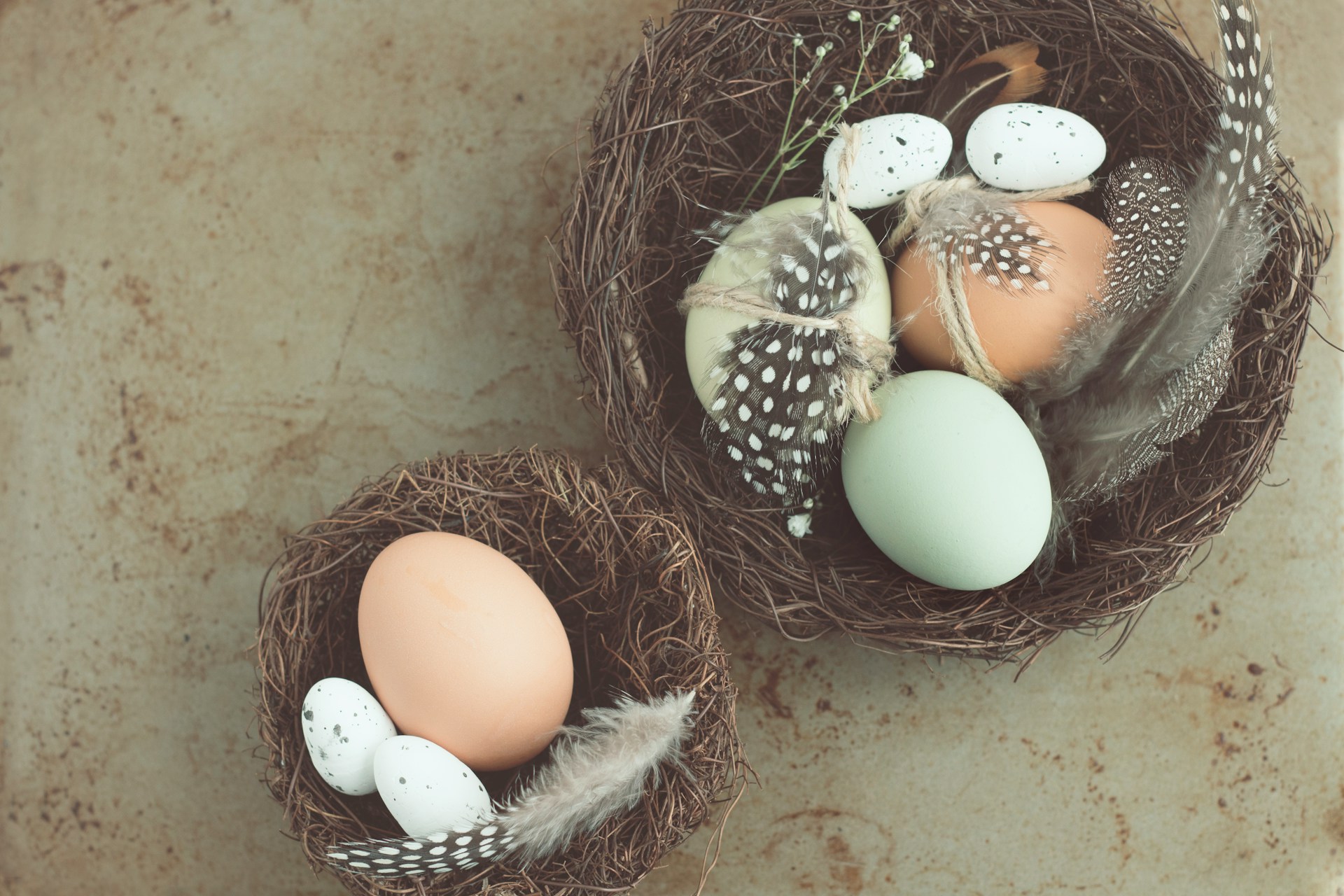Creating the Perfect Habitat: Providing Natural Nesting Materials for Hummingbirds
Hummingbirds, with their iridescent feathers and zipping flight patterns, are a marvel to witness in any backyard. However, to support these delightful creatures year-round, one must consider more than just feeders filled with nectar. Providing natural nesting materials can create a safe haven for hummingbirds, ensuring they return year after year. This article explores how outdoor enthusiasts in the USA can make their yards a hummingbird paradise.
Natural Habitats and the Importance of Letting Nature Be
Natural yards full of native flora do more than add aesthetic value; they create mini ecosystems that support a variety of wildlife, including hummingbirds. To assist these birds, consider making your yard a bit more wild and unkempt.
- Leave out leaves and long dried grass from winter. These are the building blocks for many bird nests.
- Keep dead vines in trees and leave twigs scattered on the ground. Hummingbirds frequently use small twigs and leaves in their nest construction.
- Let spider webs and moss grow undisturbed. Hummingbirds use spider silk to bind and provide flexibility to their nests.
By observing hummingbird nesting behavior, you can see how these natural materials play a role in their nesting habits. Creating a natural space encourages not only hummingbirds but other species of nesting birds, thereby enriching your outdoor experience.
Specific Preferences of Different Birds
Bird species have distinct nesting needs, and understanding these preferences can help create more targeted habitats.
- Hummingbirds: Hummingbird-specific nesting material preferences include spider webs and moss. They prefer to position their nests high in leafy, sheltered locations.
- Thrashers and Robins: These birds favor small twigs.
- Wrens and Bluebirds: Dried grasses are a favorite nesting material.
The placement of hummingbird nests in yards is again crucial. A high, sheltered, and leafy location not only keeps the nest safe from predators but also provides a conducive environment for the chicks to grow.
Creating Optimal Nesting Conditions
When creating nesting conditions, patience is key. Hummingbirds can be quite particular about their nesting sites, and it may take time for them to start using the provided materials. Personal experiences, like the anecdote of a hummingbird nest on a porch eventually transitioning to a prepared nesting site, remind us to be patient and persistent.
Place native plants like bee balm and trumpet honeysuckle near potential nesting sites to provide an immediate nectar source. This strategic positioning can also enhance the impact of local flora on nesting birds, as native plants are known to support greater bird abundance and biodiversity.
Avoiding Harmful Materials
Not all materials are safe for hummingbirds. Cotton should be avoided as it can be harmful. Instead, provide natural, untreated materials. Here are a few options:
- Natural wool fleece
- Clean pet hair (ensure pets haven’t been treated with flea/tick products)
- Short lengths of light-colored wool yarn
Also, avoid synthetic materials and dryer lint, as these can absorb moisture and harbor chemical residues. Nest-friendly materials can be found online and include safe options like wool batting and down salvaged from garments.
The Role of Your Environment in Nesting Material Collection
Understanding the local fauna and flora can enhance your provision of nesting materials. Observations have shown hummingbirds utilizing resources like:
- Pet hair for fiber
- Colorful sewing threads
- Plant fibers from native bushes
By observing the types of materials local birds are already using, you can better cater to their specific needs. For example, the use of local flora impacts the success of nesting birds, with native plants like willows and witch hazel providing safe, accessible materials.
Nest Material Boxes
The idea of nest material boxes has its merits and drawbacks. While designed to provide a convenient source of materials, personal experiences have shown mixed results. Some sources report successful adoption, while others remain skeptical.
It’s important to note that hummingbirds acquire spider webs not just for nest construction but also for protein-rich insects caught in these webs. Observing hummingbirds interactions with spider webs can offer fascinating insights into their nesting behavior.
Conclusion
Creating a natural, safe, and resource-rich environment is crucial for hummingbirds. By understanding and providing appropriate nesting materials, avoiding harmful substances, and observing their specific preferences, you can foster a thriving ecosystem in your yard. Share your experiences and photos of how you have supported nesting birds; your efforts could inspire others to do the same.

